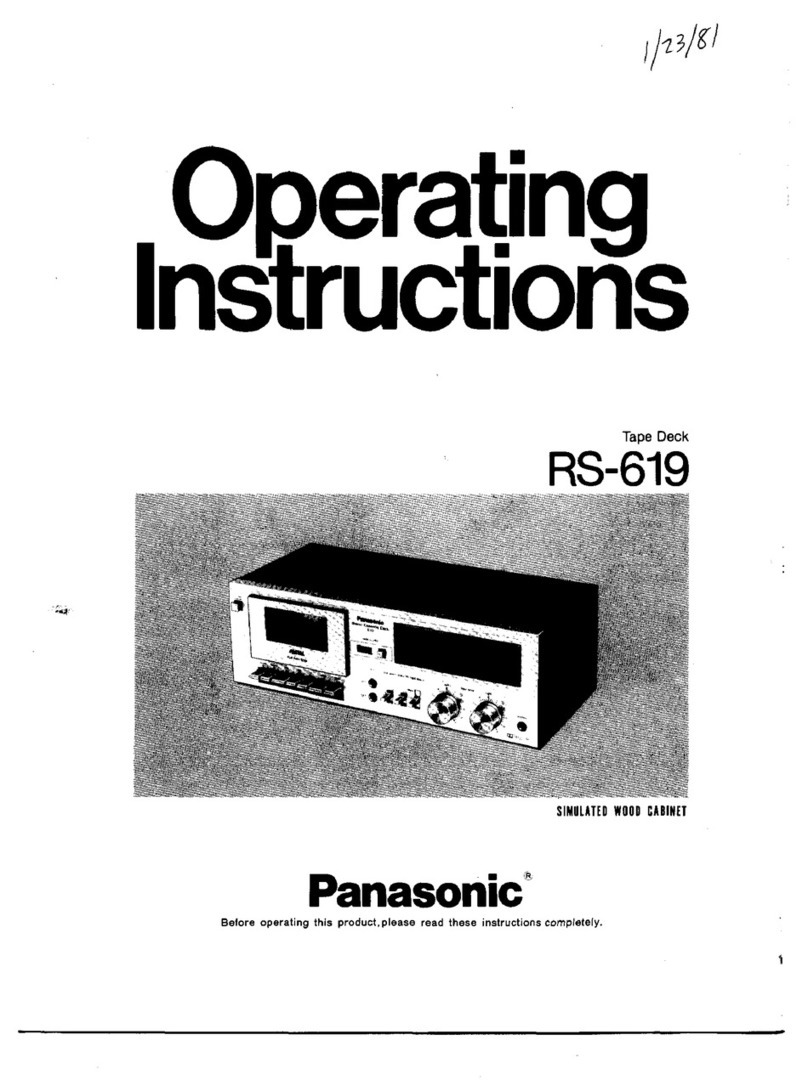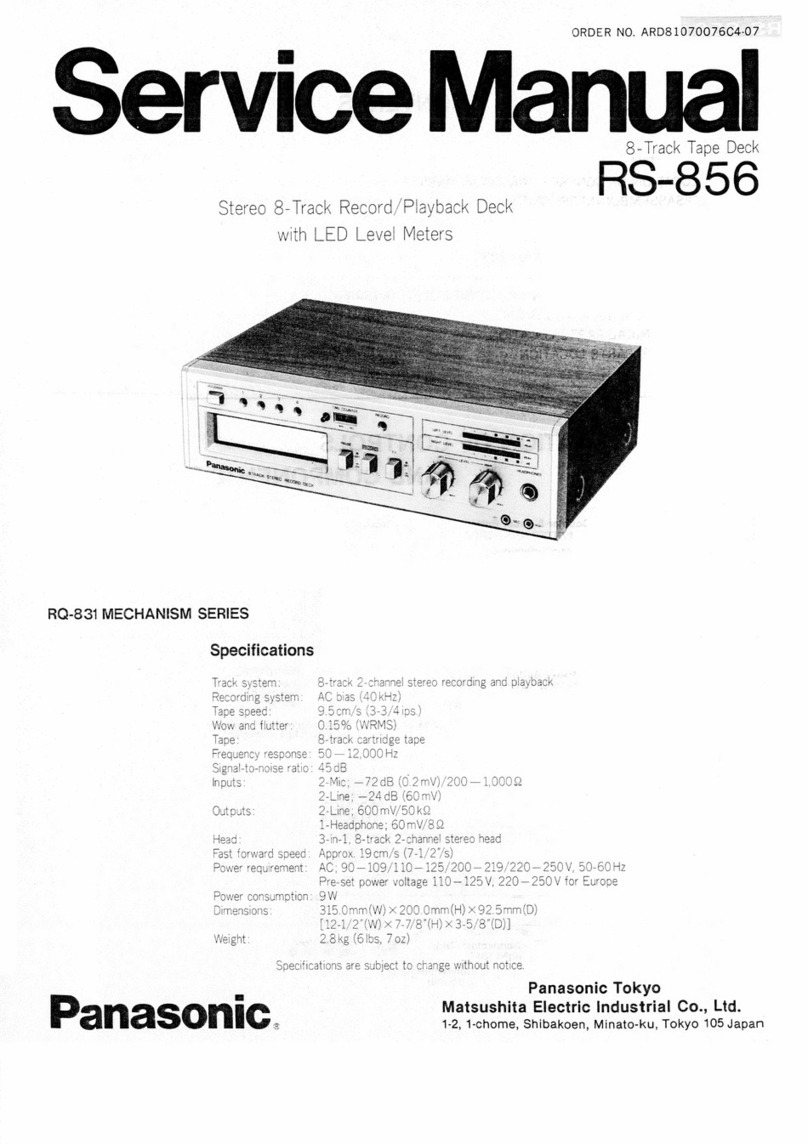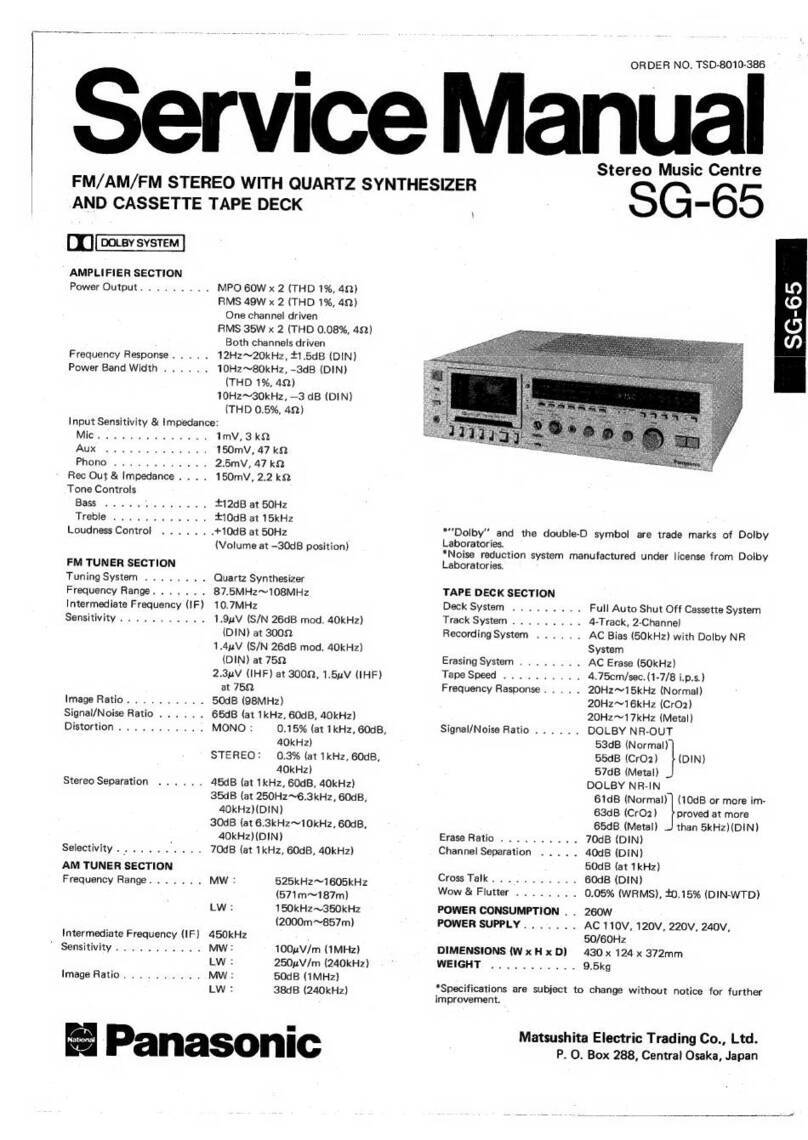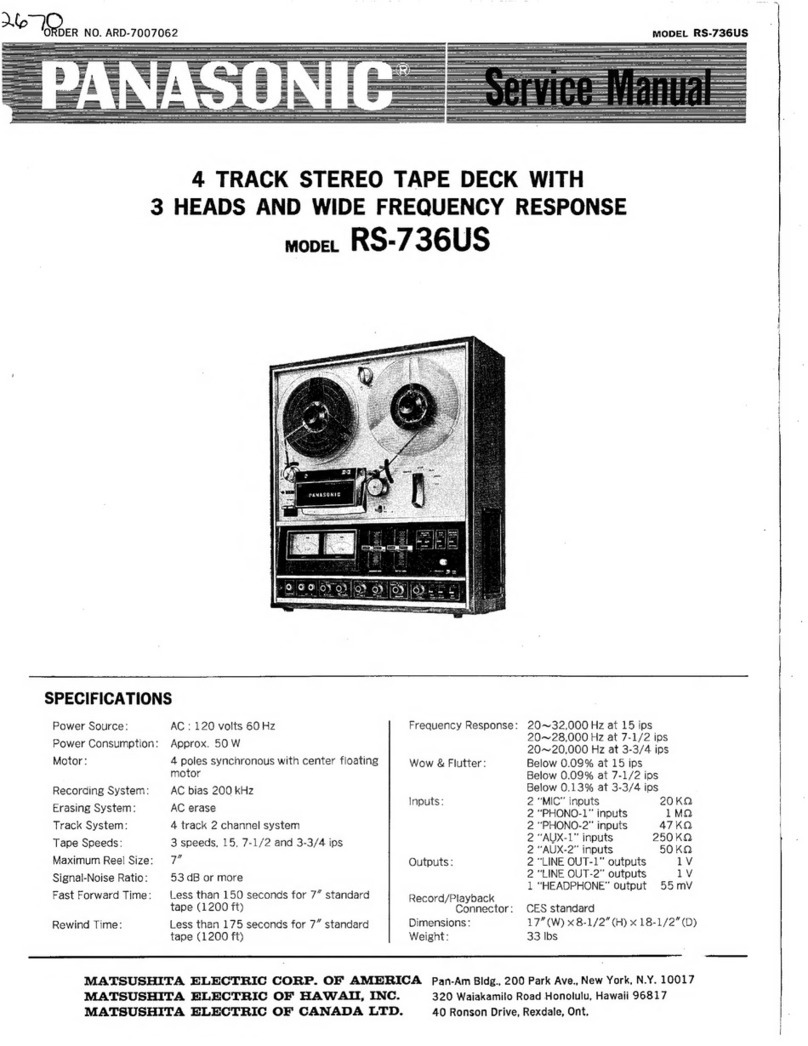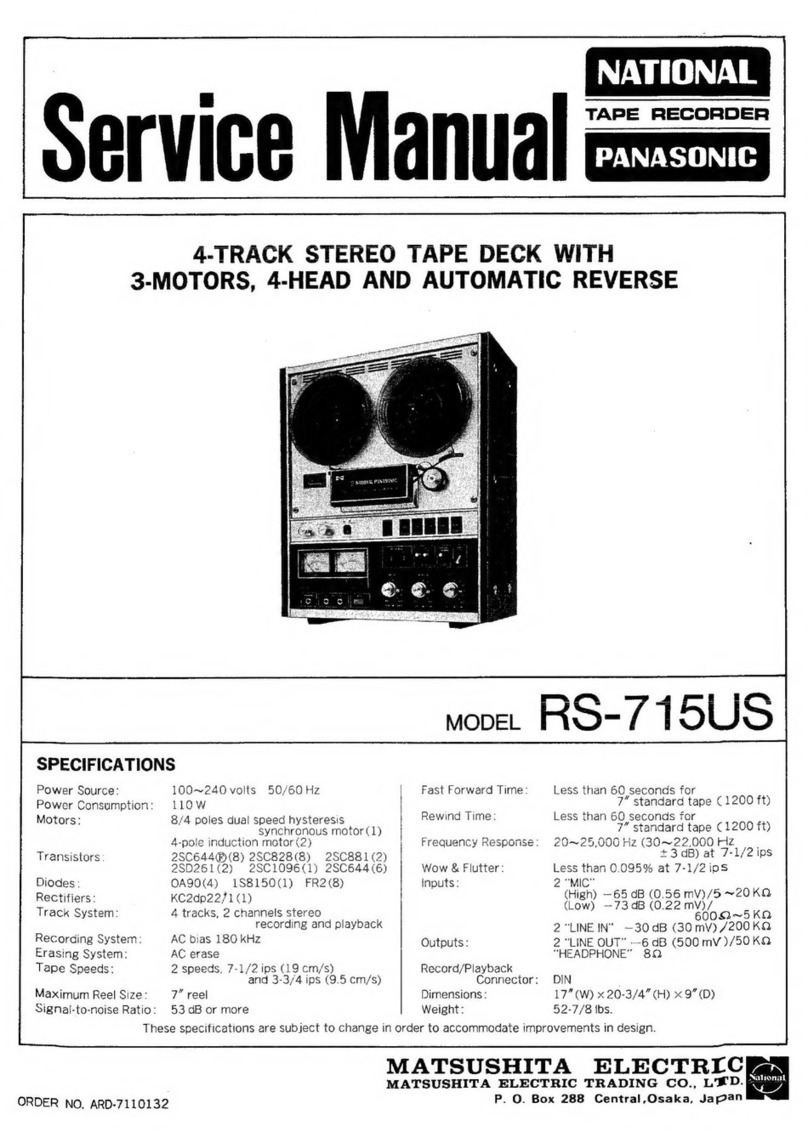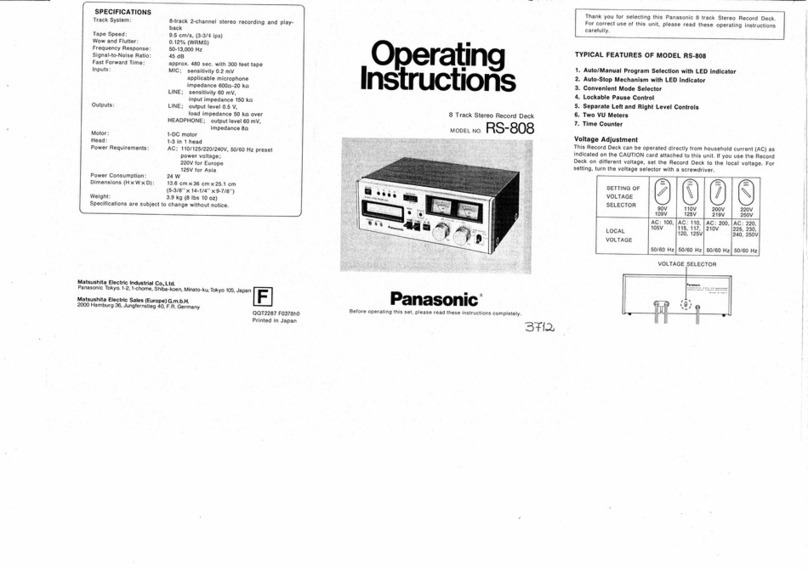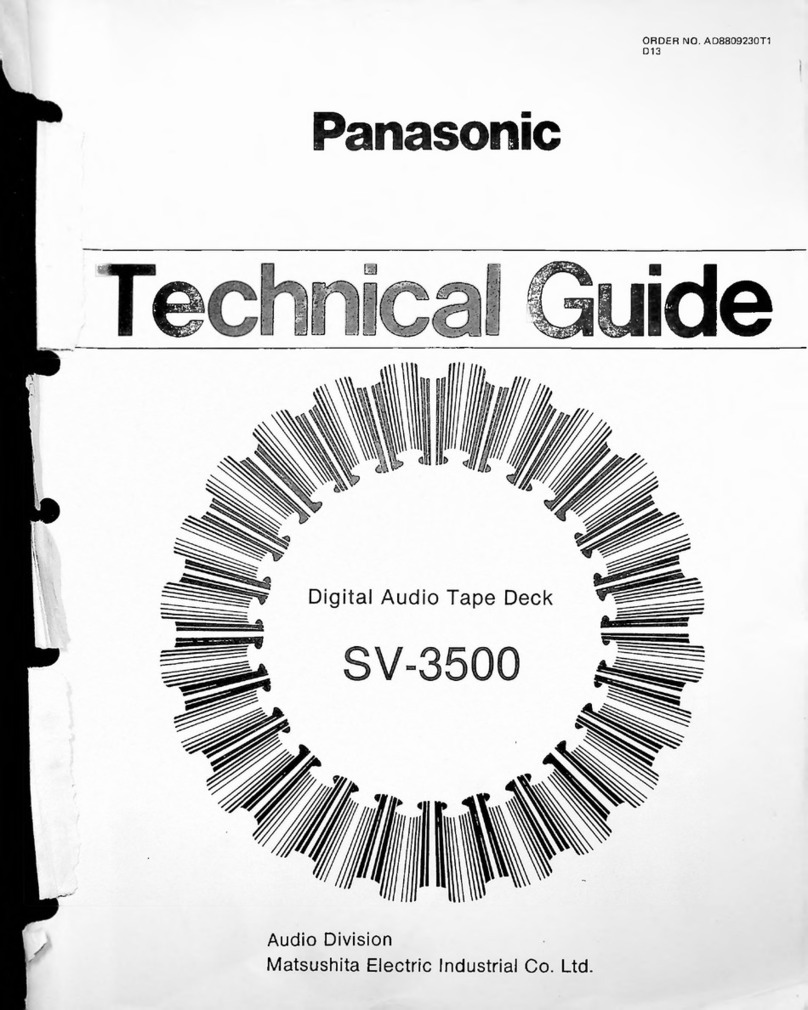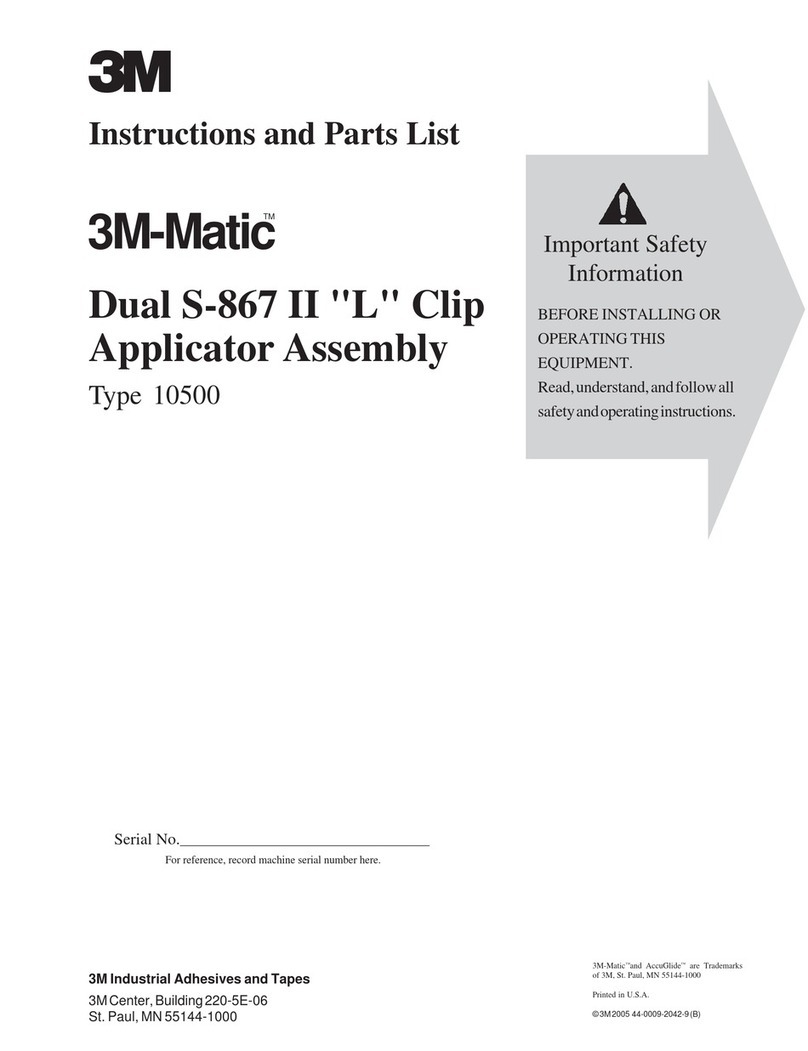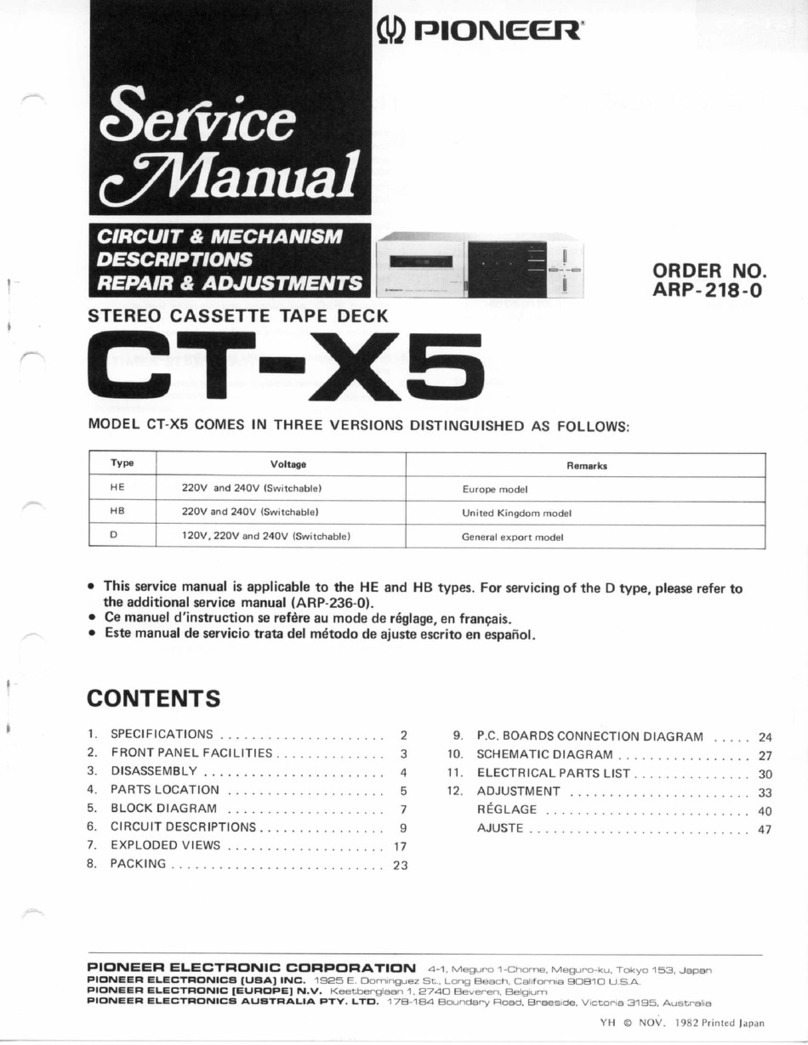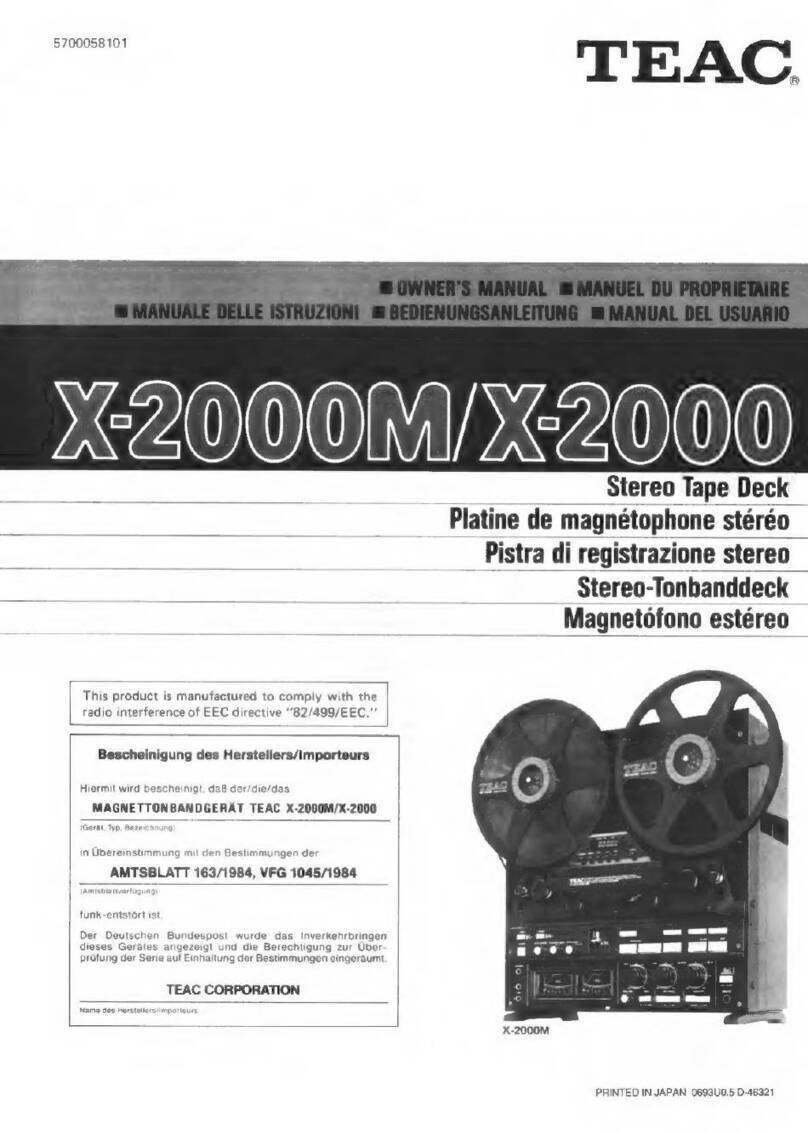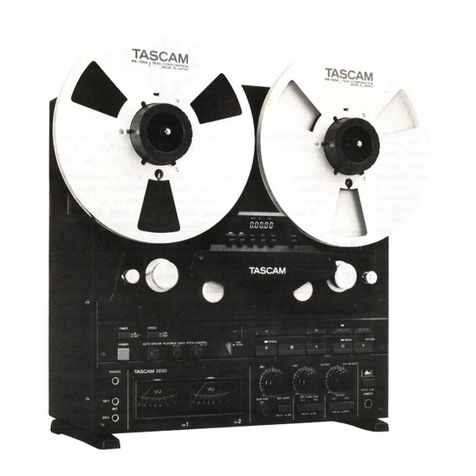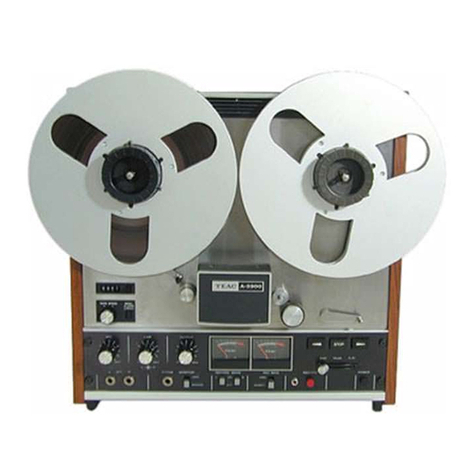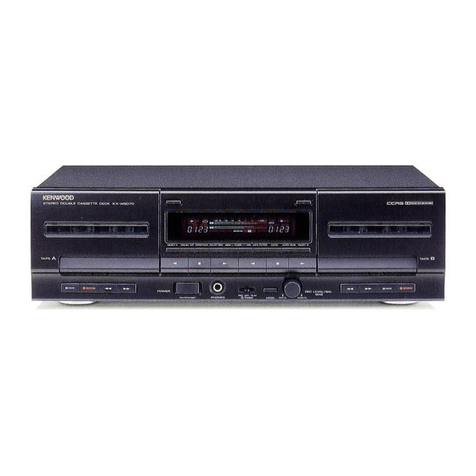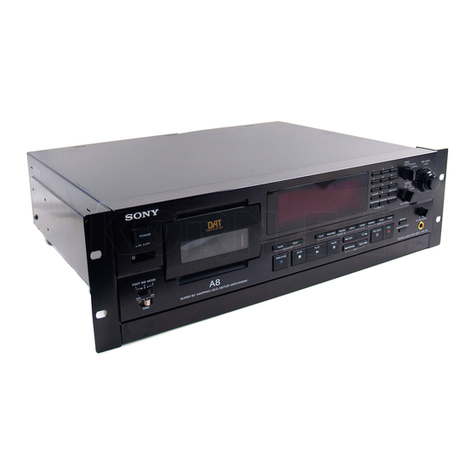
each point.
5. Reverse the AC plug in the AC outlet and repeat each of the above
measurements.
6. The potential at any point should not exceed 0.75 volts RMS. A
leakage current tester (Simpson Model 229 equivalent) may be
used to make the hot checks, leakage current must not exceed 1/2
milliamp. In case a measurement is outside of the limits specified,
there is a possibility of a shock hazard, and the equipment should
be repaired and rechecked before it is returned to the customer.
2.4. ELECTROSTATICALLY SENSITIVE (ES) DEVICES
Some semiconductor (solid state) devicescan be damaged easily by static electricity. Such
componentscommonly are called Electrostatically Sensitive (ES) Devices. Examplesof typical ES
devicesare integrated circuitsand some field-effect transistorsand semiconductor “chip ”
components. The following techniquesshould be used to help reduce the incidence of
component damage caused by static electricity.
1. Immediately before handling any semiconductor component or
semiconductor-equipped assembly, drain off any electrostatic
charge on your body by touching a known earth ground.
Alternatively, obtain and wear a commercially available
discharging wrist strap device, which should be removed for
potential shock reasons prior to applying power to the unit under
test.
2. After removing an electrical assembly equipped with ES devices,
place the assembly on a conductive surface such as alminum foil,
to prevent electrostatic charge buildup or exposure of the
assembly.
3. Use only a grounded-tip soldering iron to solder or unsolder ES
devices.
4. Use only an anti-static solder removal device classified as “anti-
static ”can generate electrical charges sufficient to damage ES
devices.
5. Do not use freon-propelled chemicals. These can generate
electrical charges sufficient to damage ES devices.
6. Do not remove a replacement ES device from its protective
package until immediately before you are ready to install it. (most
replacement ES devices are packaged with leads electrically
3
